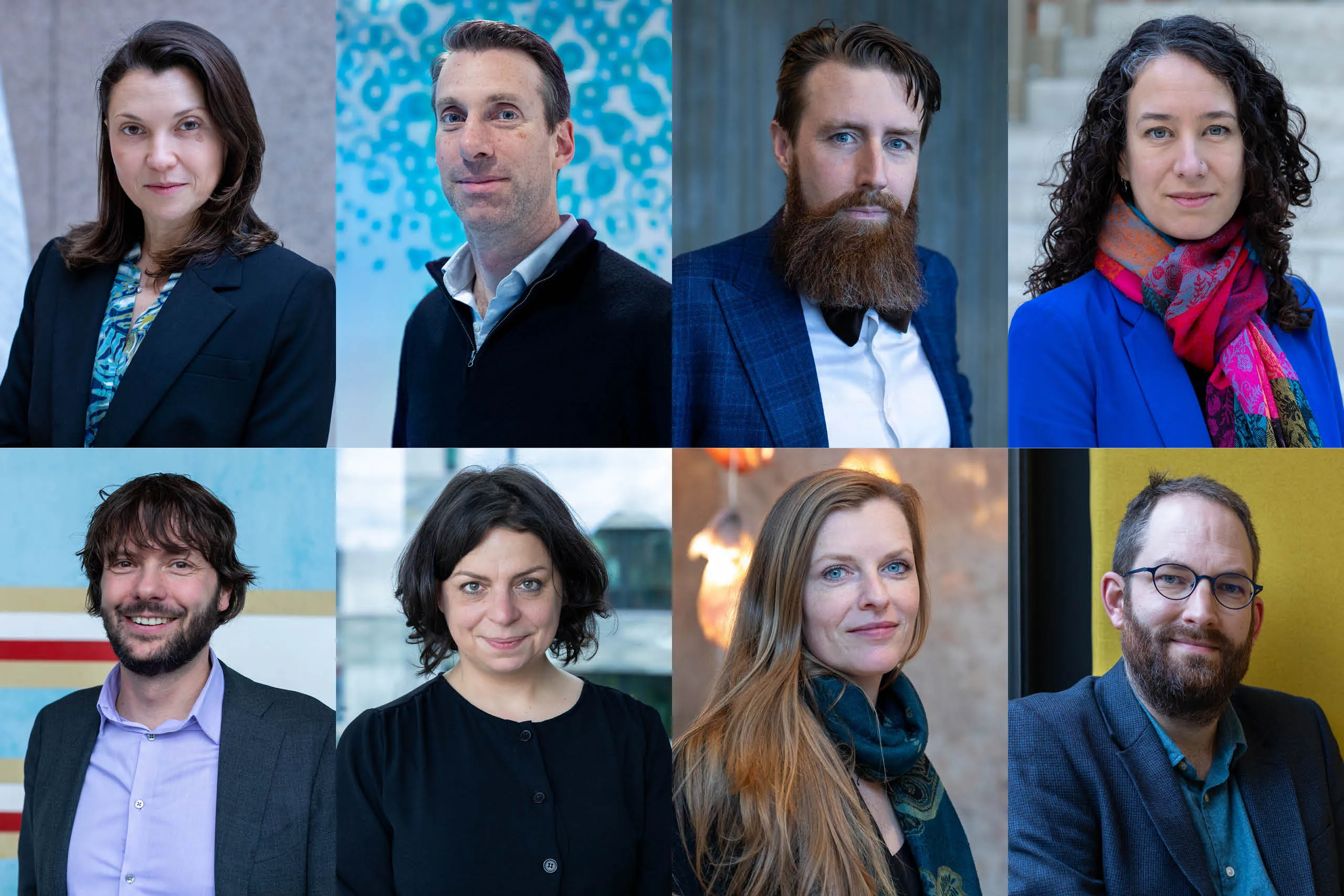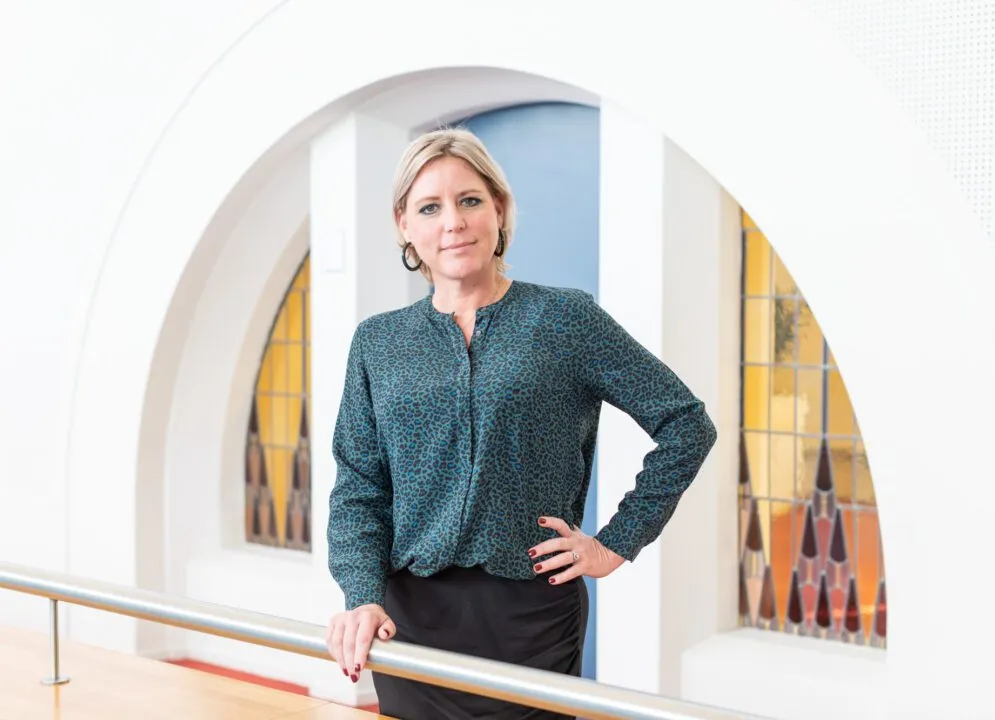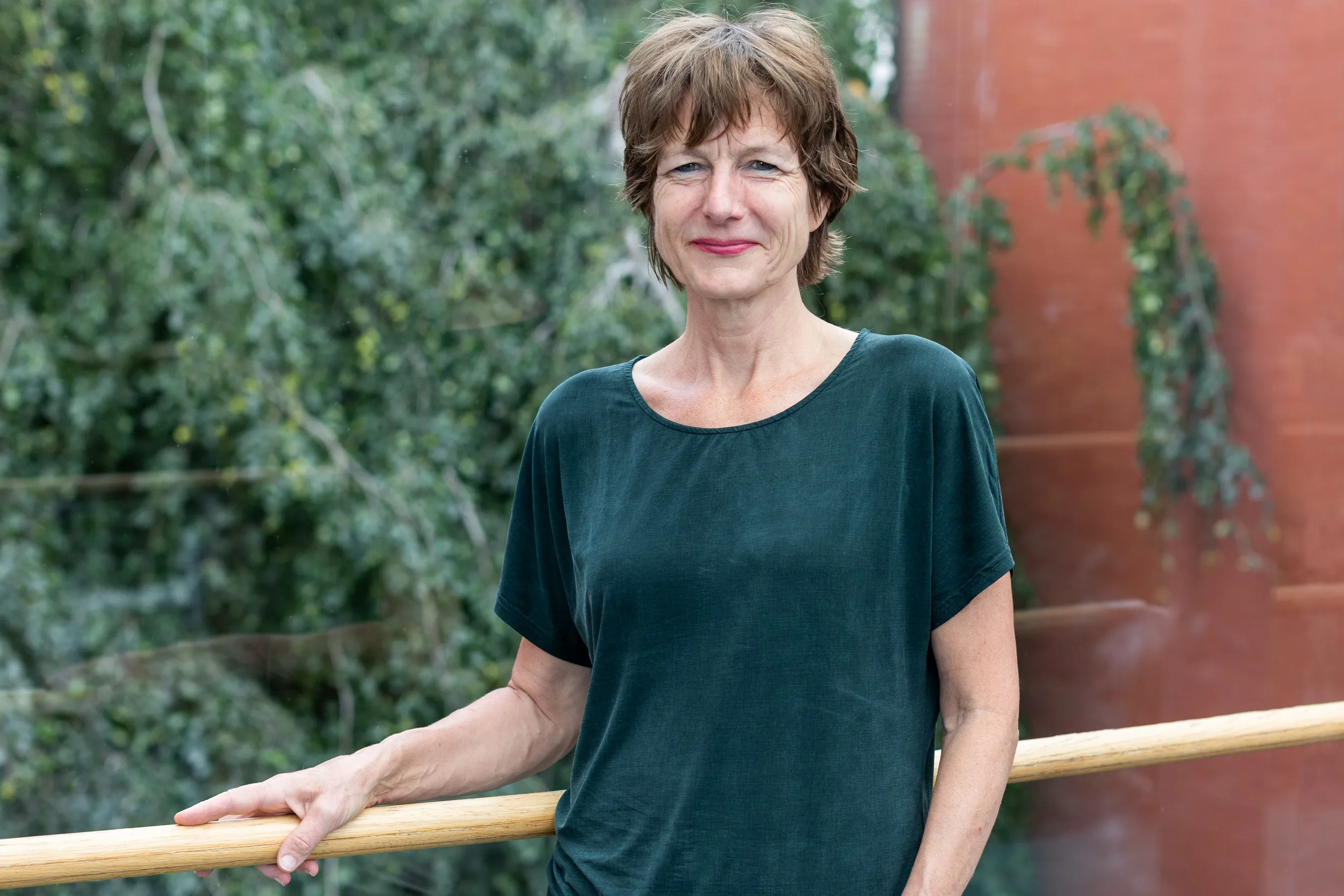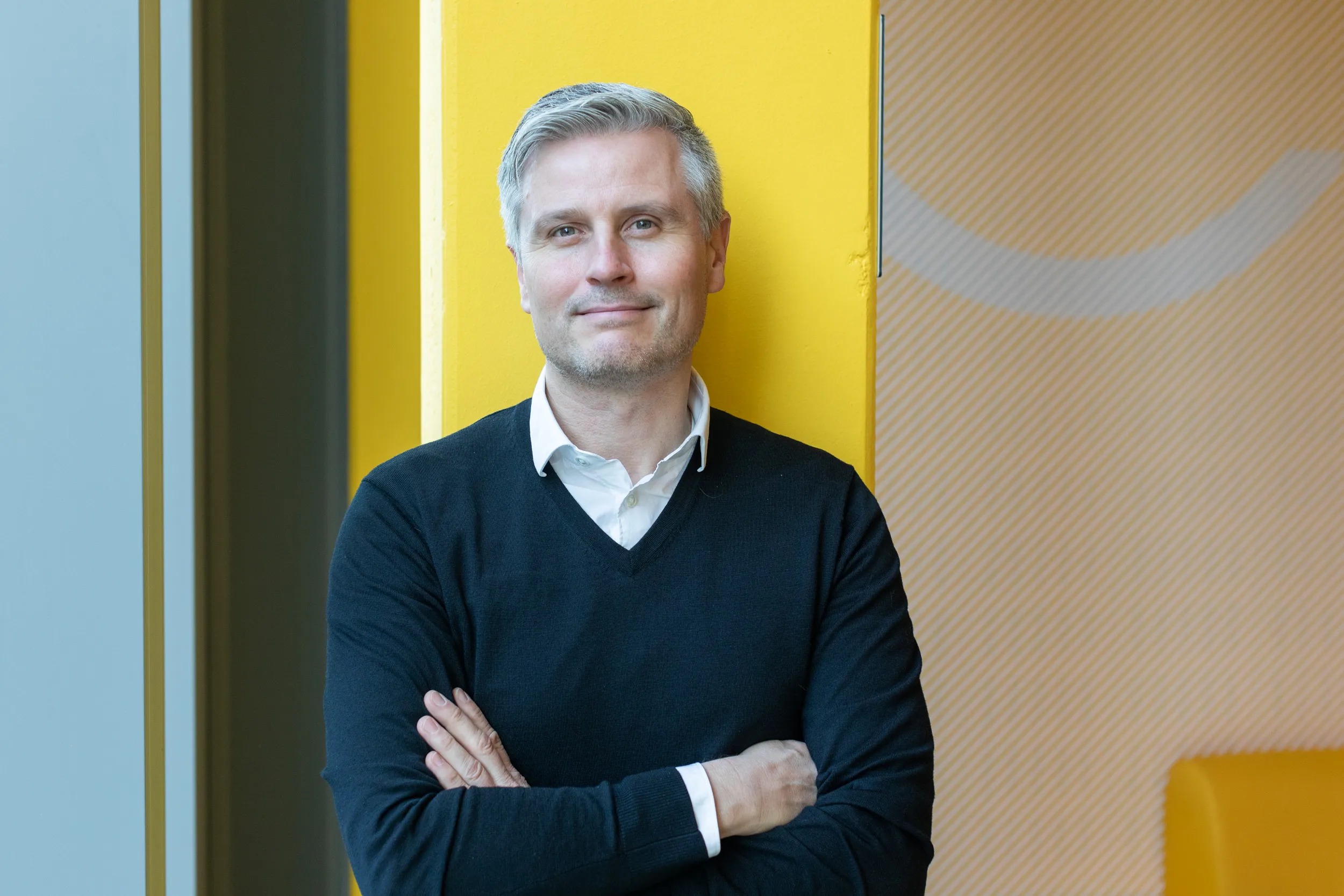Leila Akkari, Marvin Tanenbaum, Rik Peels, Jenneke van der Wal, Yoeri van de Burgt, Nathalie Katsonis, Janna Cousijn and Freek van Ede are the winners of the Ammodo Science Award 2025. The laureates will each receive a cash prize of 350,000 euros which they can use in the coming years to carry out unfettered scientific research into fundamental issues in their field.
The Ammodo Science Award for fundamental research is presented every two years to eight scientists across the four science domains of Biomedical Sciences, Humanities, Natural Sciences and Social Sciences.
The laureates of 2025 are:
Biomedical Sciences

Leila Akkari
Senior researcher at the Oncode Institute and Associate Professor of Cancer Immunology at the Netherlands Cancer Institute
Treacherous immune cells
Akkari (1983) has developed a fundamentally new view of how tumours develop. She discovered a crucial weakness in the fight against cancer: immune cells which are being ‘bribed’ by tumours to help them grow rather than fight against them. Using advanced techniques, she proved how specific immune cells in brain tumours feed cancer cells with repurposed nerve cell material. This breakthrough in understanding tumour-immune cell interaction opens new avenues for treating brain tumours and liver cancer.

Marvin Tanenbaum
Group Leader at the Hubrecht Institute and Oncode Institute, and Professor at TU Delft
Genetic processes live on screen
Tanenbaum (1980) developed a groundbreaking technique to make visible the individual dynamic biomolecules in living cells. His revolutionary 'SunTag' technology, which marks individual molecules with fluorescent proteins, is now used by many laboratories worldwide. Among other things, this method revealed that most genes can produce different protein variants, something that was long thought to be impossible. Recently, he also developed VIRIM technology, which for the first time allowed the filming of how a virus enters a cell – a breakthrough that helps solve decades-old questions about viral infections.
Humanities
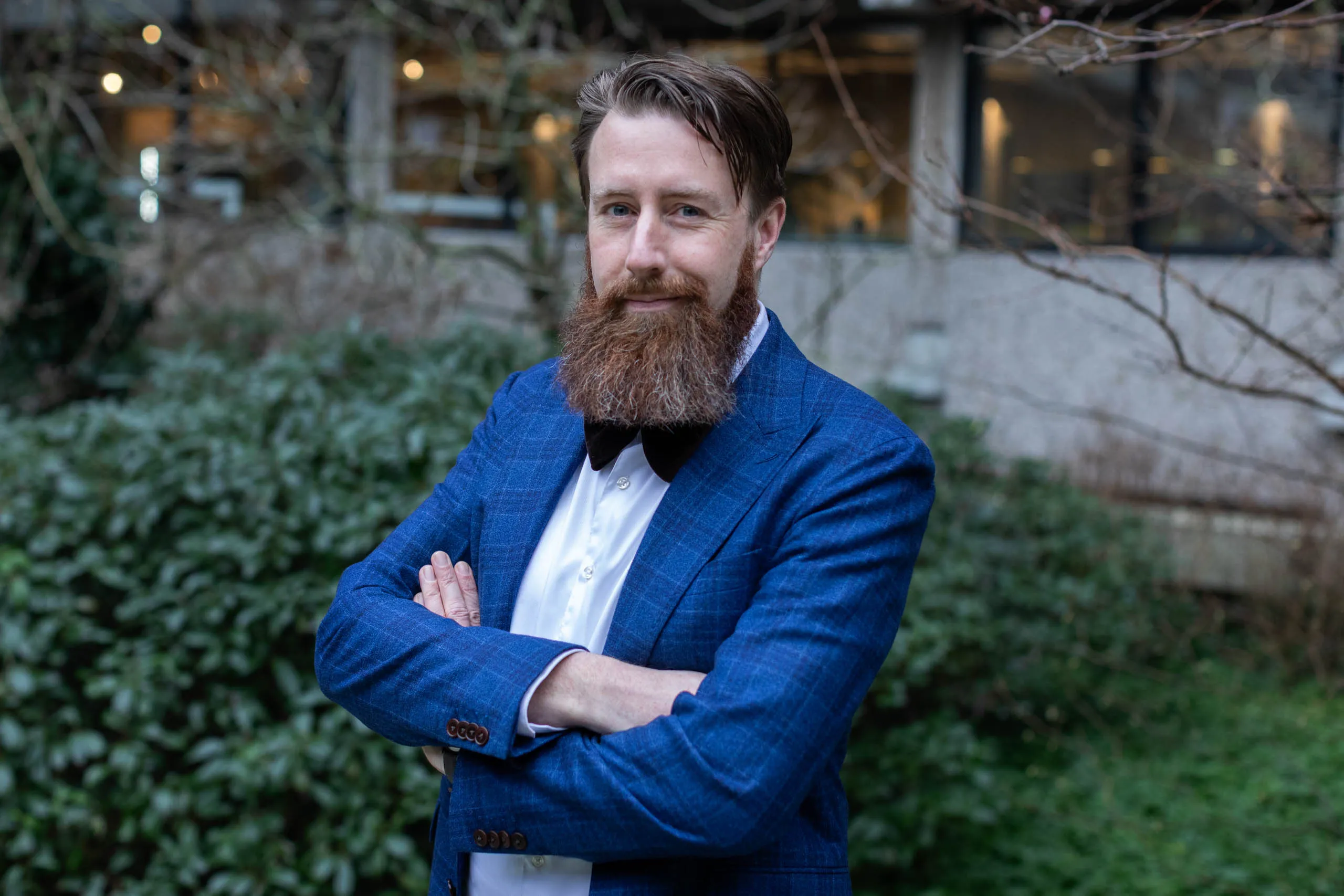
Rik Peels
Professor of Analytical and Interdisciplinary Philosophy of Religion at VU University Amsterdam
The logic of extremism
Peels (1983) developed an innovative theoretical framework that explains how apparently rational people can arrive at extreme positions. Using the concept of non-ideal rationality, he shows that conspiracy thinkers are not necessarily unreasonable but rather reason according to their own logic. Limited access to information and conscious rejection of certain sources can ultimately lead to radicalisation. By showing that conspiracy thinking, religious fundamentalism, and terrorism are different manifestations of the same radicalisation process, he has introduced an entirely new view of extremism that is crucial for more effective prevention.
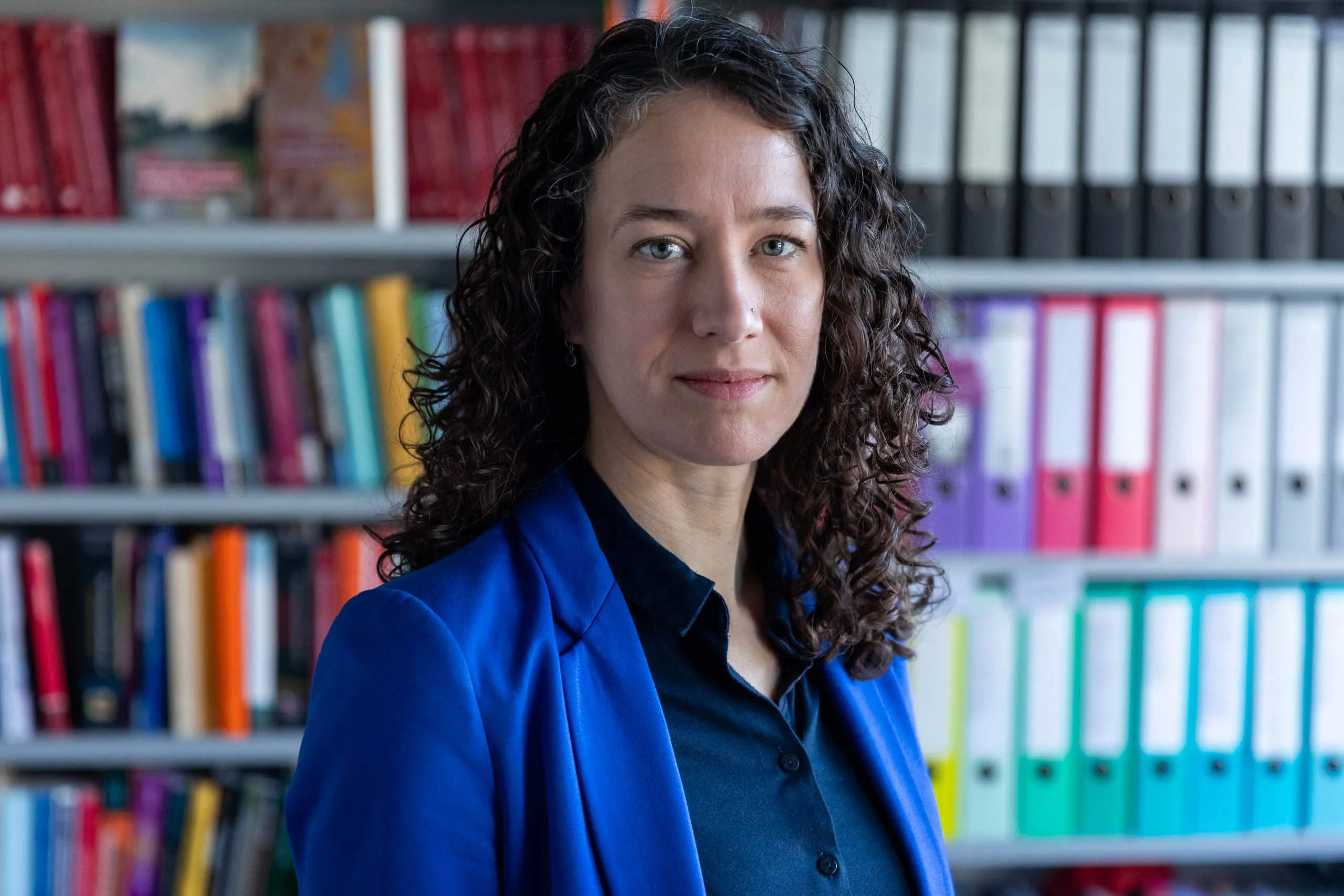
Jenneke van der Wal
Associate Professor of African linguistics at Leiden University
African languages as windows into the human mind
Van der Wal (1981) conducts fundamental research into how African languages convey information and what that tells us about how people think and communicate. She is pioneering the use of virtual reality in linguistic fieldwork and collaborates closely with African researchers. Among other things, she has discovered that the expression of new or surprising information can be much more deeply embedded in grammar than previously thought. Her research is thus a corrective to existing, Eurocentric models of language, leading to a fuller understanding of human language ability. In teamwork, she demonstrated that our brains process important information in the same way, regardless of the language we speak.
Natural Sciences

Yoeri van de Burgt
Associate Professor Microsystems at Eindhoven University of Technology
Computers that work like brains
AI is notorious for its massive energy consumption. Van de Burgt (1986) achieved a fundamental breakthrough in low-energy artificial intelligence with the development of an organic system called 'electrochemical random-access memory' (ECRAM). This computer memory mimics the connections between brain cells so successfully that it can process information hundreds of times more energy-efficiently than regular computers. This revolutionary technology is enabling a whole new generation of energy-efficient and biocompatible computers.
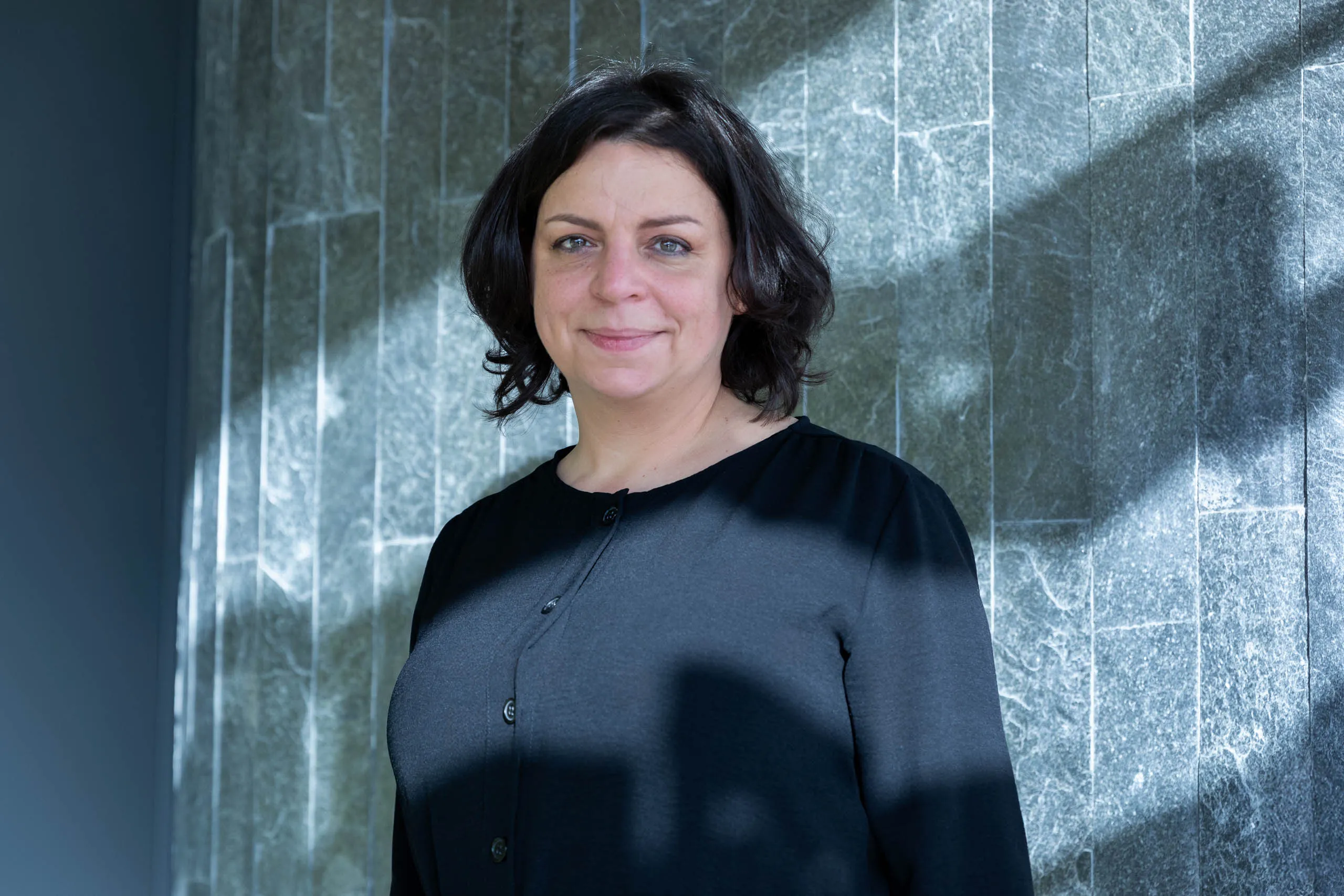
Nathalie Katsonis
Professor of Active Molecular Systems at the University of Groningen
Conducting a molecular orchestra
Katsonis (1978) has opened a whole new field of research with her work on 'molecular machines'. She succeeded in getting minuscule molecules to work together in a coordinated way, resulting in materials with unprecedented properties: they can pulse, coil, stiffen and even explode. This breakthrough represents a fundamentally new approach in materials science: instead of static materials that inevitably age, Katsonis creates materials that continue to adapt to changes in their environment. Her discoveries pave the way for the development of adaptive materials with numerous potential applications in the future.
Social Sciences
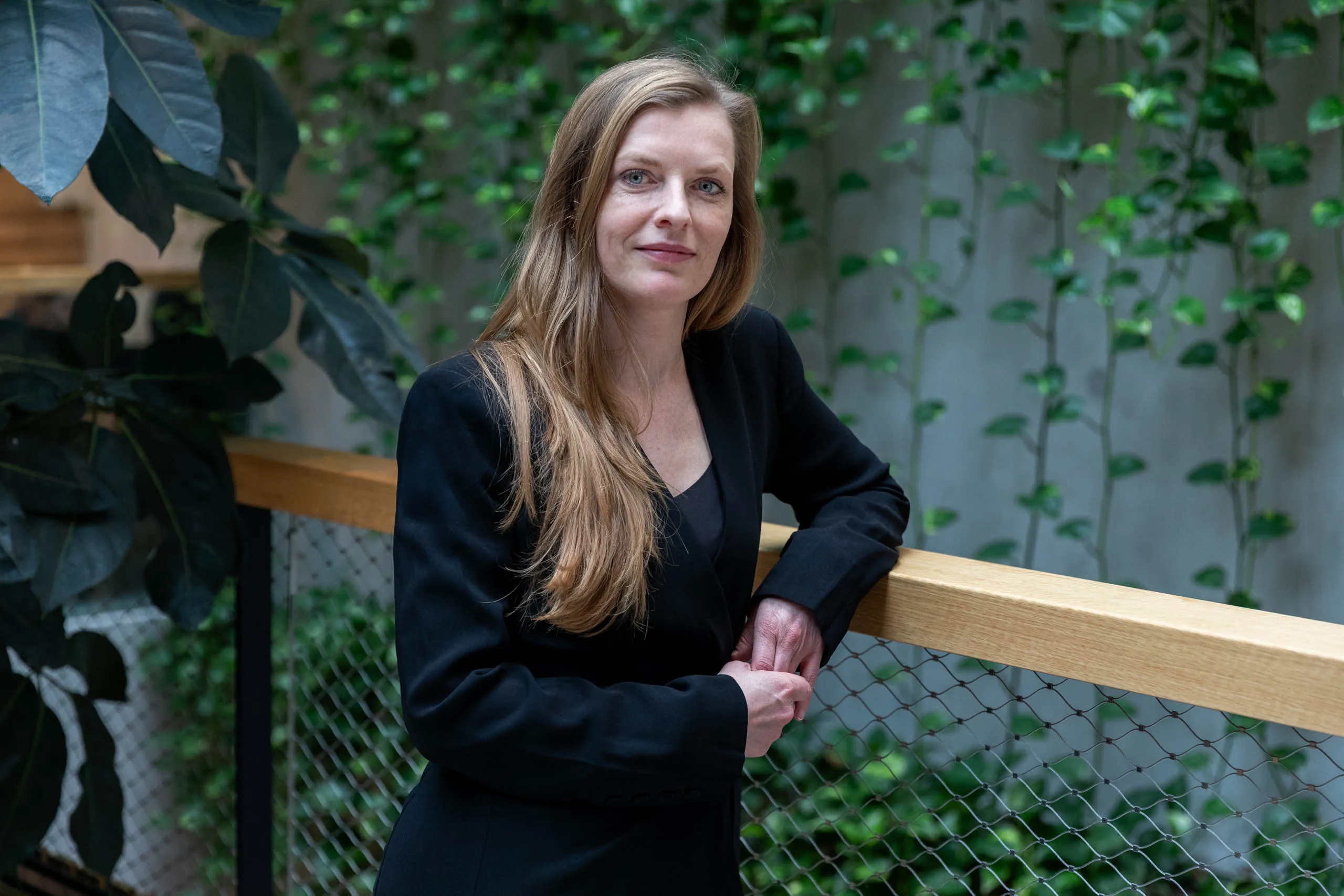
Janna Cousijn
Associate Professor of Clinical Psychology at Erasmus University Rotterdam
The resilience of the addicted brain
Cousijn (1983) has changed the course of addiction research by focusing not on the harmful effects of cannabis use, but on the recovery capacity of the adolescent brain. Her research on 'social plasticity' – the brain's ability to adapt to the social environment – explains why many adolescents who use cannabis can quit without treatment once they are in a drug-free environment. She showed that adolescents' strong impressionability, often seen as a risk factor, can also act as a strength. This influential insight contributes to more effective addiction treatment that harnesses the brain's natural resilience.
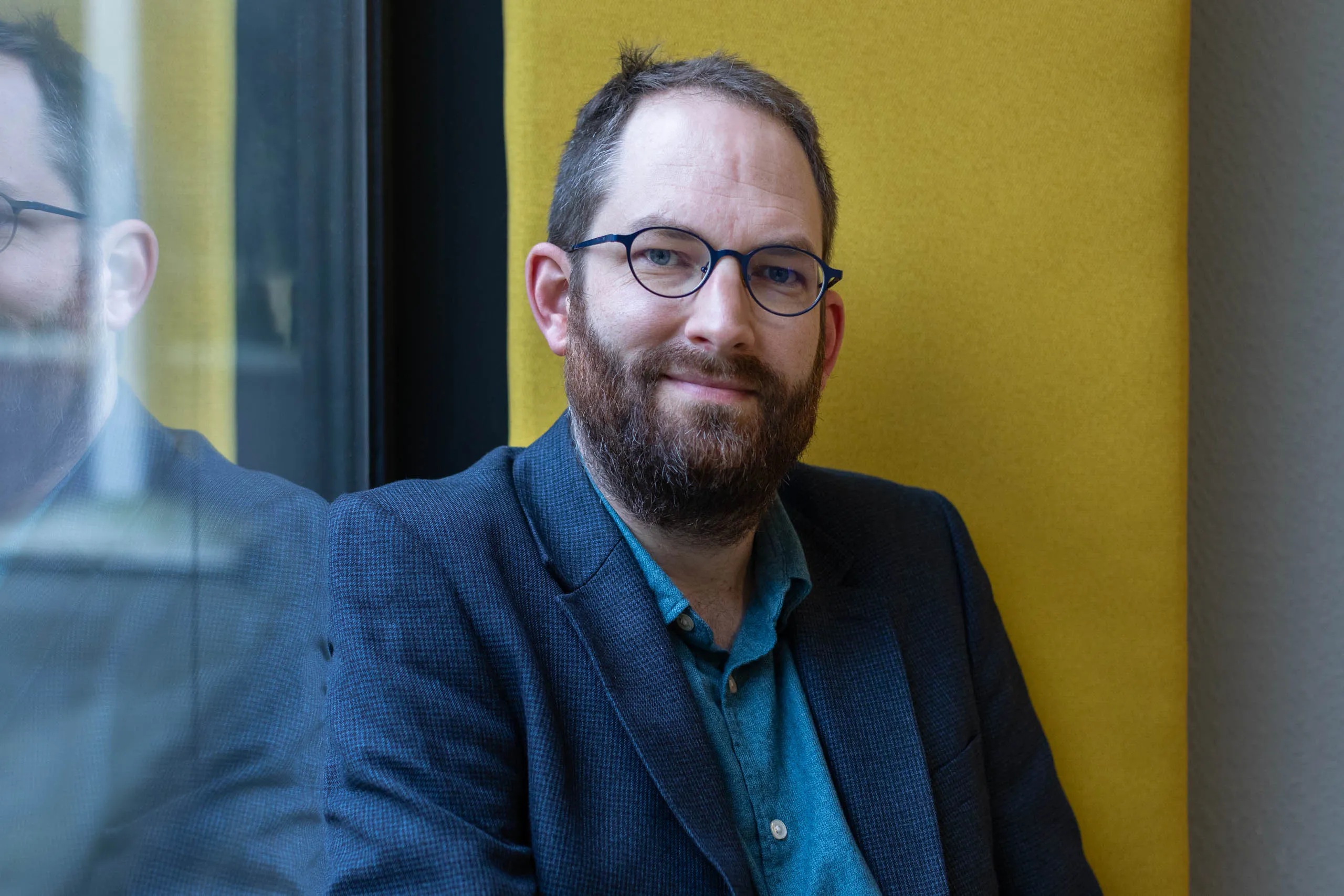
Freek van Ede
Associate Professor of Cognitive Neuroscience at VU University Amsterdam
Small eye movements, big insights
Van Ede (1985) discovered that tiny, unconscious eye movements – microsaccades – reliably signal how our brain focuses on information in working memory. This breakthrough makes it possible to measure very precisely how cognitive processes unfold over time, even in moving subjects. This offers new insights into how our brain dynamically processes information in everyday life. Van Ede thus discovered that visual cognition is fundamentally action-oriented: we do not just perceive, we perceive in order to act.
‘Every year, it is both a thrill and a pleasure to see which scientists our advisory committees put forward for the Ammodo Science Awards,’ said Juliette de Wijkerslooth, General Director of Ammodo. ‘Once again, we are inspired by the innovative research of this year's laureates, each of whom, in their own way, advances our collective knowledge.’
Published on 15 April 2025.
Photos: Florian Braakman

